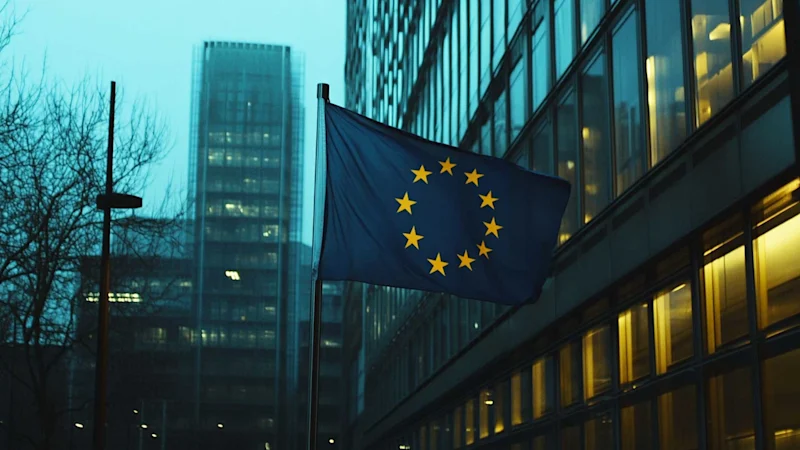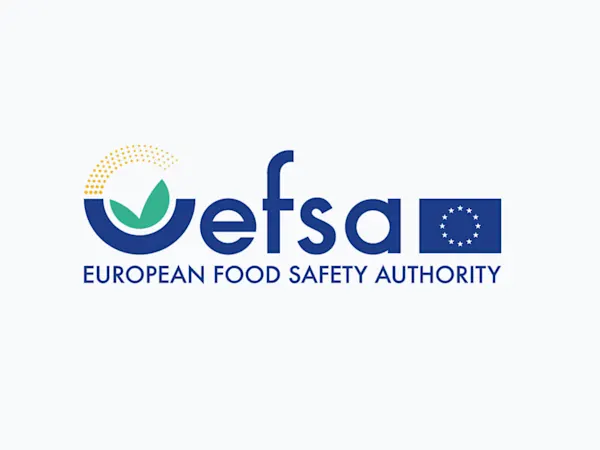
EU Ministers Press Commission on Delayed REACH Revision Amid Industry and Environmental Demands
EU Member States urge the Commission to accelerate the REACH revision, citing urgent health, environmental, and industry competitiveness needs.


The European Union’s upcoming revision of the REACH (Registration, Evaluation, Authorisation, and Restriction of Chemicals) regulation, scheduled for 2025, seeks to strengthen chemical safety by tightening restrictions on hazardous substances, particularly PFAS, reducing the need for individual authorisations, and addressing critical information gaps. These changes aim to build a safer and more sustainable chemicals industry across Europe.
These anticipated regulatory changes come directly from written responses provided by Commissioner-designates Stéphane Séjourné and Jessika Roswall in advance of their upcoming hearings. Séjourné, designated to oversee Prosperity and Industrial Strategy, and Roswall, who will lead the Environment, Water Resilience, and Circular Economy portfolio, outlined their priorities for the 2025 REACH revision in response to questions from the European Parliament. Both Commissioners stressed the need to enhance chemical safety, reduce administrative burdens, and streamline regulatory processes to support public health and environmental protection.
The 2025 REACH revision places a stronger emphasis on restricting harmful chemicals across broad categories rather than relying on case-by-case authorisations. This shift means that chemicals posing high risks could face accelerated, category-wide restrictions, reducing their use across the EU more efficiently. By moving away from reliance on individual authorisations, the new framework enables faster implementation of safety measures, simplifying compliance for companies while prioritising public health and environmental protection.
The broader restrictions model also aids regulators in targeting groups of hazardous chemicals simultaneously, enhancing protection while easing compliance, especially for small and medium-sized enterprises (SMEs) that may find individual authorisation processes costly and complex.
A central focus of the 2025 revision is tightening restrictions on PFAS (per- and polyfluoroalkyl substances), often referred to as “forever chemicals” due to their environmental persistence. The EU is moving towards a complete ban on PFAS in consumer products, including cosmetics, food packaging, and outdoor textiles. However, essential-use criteria will be introduced, allowing specific industrial applications of PFAS where no viable substitutes are available and the chemicals are deemed critical for health or technology.
Under the new essential-use criteria, only those PFAS applications essential for sectors such as healthcare and clean technologies will be exempted from a total ban, though these will still be closely regulated and monitored. This approach aims to reduce PFAS-related health and environmental risks across the EU while ensuring continuity in critical applications where alternatives do not yet exist.
The revision also prioritises closing information gaps in chemical safety, particularly regarding the health and environmental impacts of chemicals. Enhanced data requirements will be introduced for chemicals known to be endocrine disruptors or highly persistent in the environment, allowing for more informed and preventive regulatory action. The new framework mandates better documentation and traceability of chemicals throughout the supply chain, which will increase transparency and enable regulators to make faster, data-driven decisions.
Aligned with the Clean Industrial Deal and Circular Economy Act, the 2025 REACH updates support sustainable chemical use and a circular economy. By restricting hazardous chemicals and encouraging safer alternatives, the revisions aim to reduce dependency on virgin materials and foster resource-efficient industry practices across the EU.
Foresight continuously tracks 1000s of sources and maps updates to your portfolio:




EU Member States urge the Commission to accelerate the REACH revision, citing urgent health, environmental, and industry competitiveness needs.

The EU has classified DBDPE as a substance of very high concern (SVHC) due to vPvB properties, affecting manufacturers and downstream users of flame retardants.

EFSA launches consultation on updating its Weight of Evidence and Biological Relevance guidance, aiming to streamline chemical risk assessment practices.
Subscribe to Foresight Weekly and get the latest insights on regulatory changes affecting chemical compliance.
Free forever. Unsubscribe anytime.
Read by professionals at